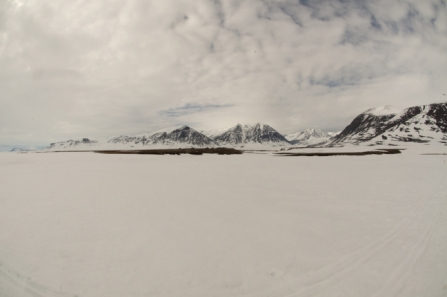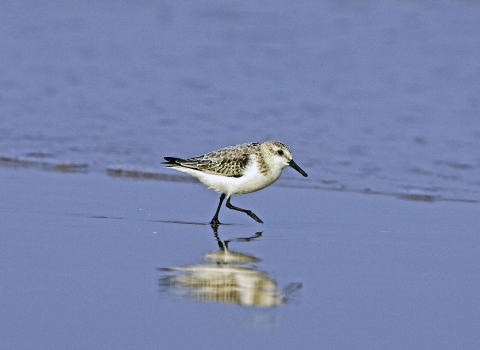Some of the birds that you might be familiar with seeing on our local coastline in winter, such as sanderling, knot and dunlin, are just a few of the species that migrate to the Arctic to breed each year. In fact, millions of shorebirds descend on the Arctic tundra during its short summer, taking advantage of the rush of insects that burst into life when the ice and snow melt, but this year that opportunity didn’t materialise…
For over ten years, Jeroen Reneerkens of the University of Groningen has studied the breeding success of sanderlings from his base at Zackenberg Research Station in NE Greenland. In this detailed account, Jeroen explains the exceptional season and its catastrophic impact on the birds’ breeding success.
Sanderlings and other Arctic shorebirds start laying eggs when the snow melts, which usually happens in the first weeks after their arrival, around late May or early June. This year, however, heavy snowfall in spring meant that the melt took far longer than usual and there was still a metre of snow on the ground in late June.



